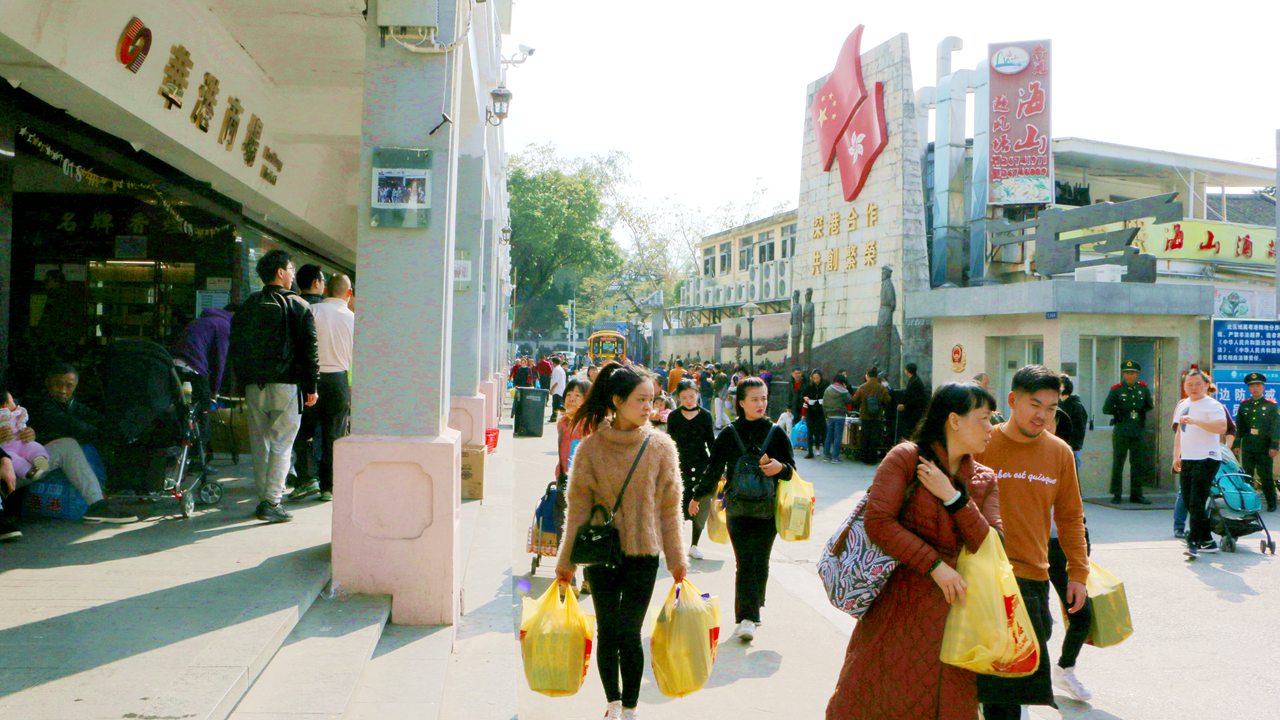2 SZ cultural relics listed for national protection
Writer: Zhang Yu | Editor: Holly Wang | From: Shenzhen Daily | Updated: 2019-10-18

Zhongying Street in Yantian District. Liu Xudong
The boundary marker of Zhongying Street in Yantian District and the former site of the Dongjiang guerrilla column headquarters in Dapeng New Area have been listed as major cultural relics protected at the State level, the Shenzhen Economic Daily reported Thursday.
The State Council recently announced the eighth batch of 762 key national protected cultural relics sites.
Up to now, Shenzhen has three key national protected cultural relics, namely, the Dapeng Fortress, the boundary marker of Zhongying Street, and the former site of the Dongjiang guerrilla column headquarters.
Huang Jin’an, head of Zhongying Street Historical Museum, was thrilled at the news. “It is of great historical significance that the boundary marker of Zhongying Street is listed as a key national cultural relics protection unit on the occasion of the 70th anniversary of the founding of the People’s Republic of China,” Huang told the Daily.
Zhongying Street has been a historical witness since the Chinese Government resumed the exercise of sovereignty over Hong Kong on July 1, 1997.
The street is on the border between Shenzhen and Hong Kong, within Shatoujiao, and was listed as municipal and provincial cultural relics protection units in 1984 and 1986, respectively.
Covering an area of about 400 square meters, the former site of the Dongjiang guerrilla column headquarters is located in Tuyang Community of Kuichong Subdistrict in Dapeng New Area.
It was a catholic church originally built by the Italians and consists of a main building, a chapel and ancillary rooms.
On Dec. 2, 1943, the Dongjiang Column of the Guangdong People’s Anti-Japanese Aggression Guerrilla Force was established in accordance with the instructions of the Central Committee of the Communist Party of China.
The site was approved as municipal and provincial cultural relics protection units in 1984 and 2002, respectively. It reopened to the public in 2004 after renovations.